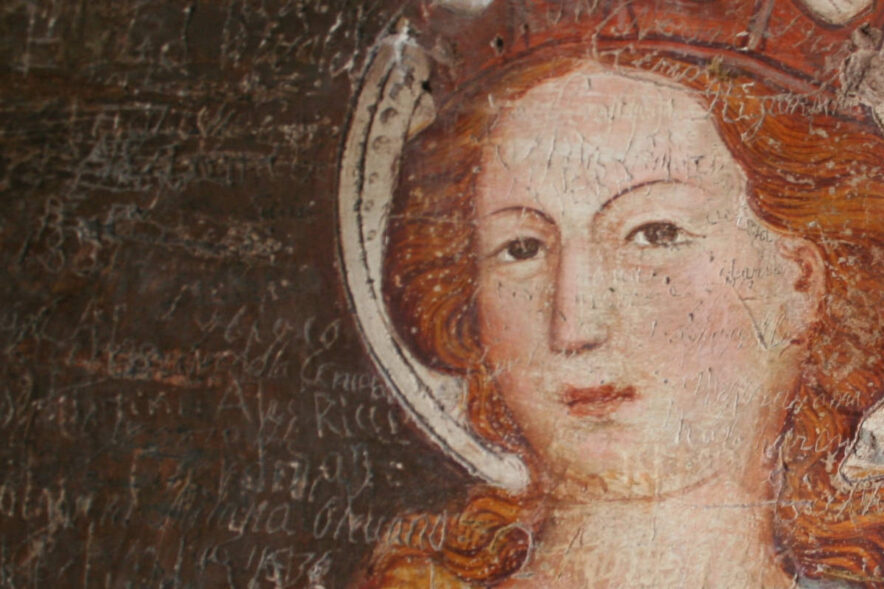(Not a reader? Take a listen instead ⇓) “He has told you, O human, what is good; And...
Tag: the good news
Showed 1 to 4 posts out of 4 total under "Tag: the good news" category.
“The cup of blessing that we bless, is it not a participation in the blood of Christ? The bread...



